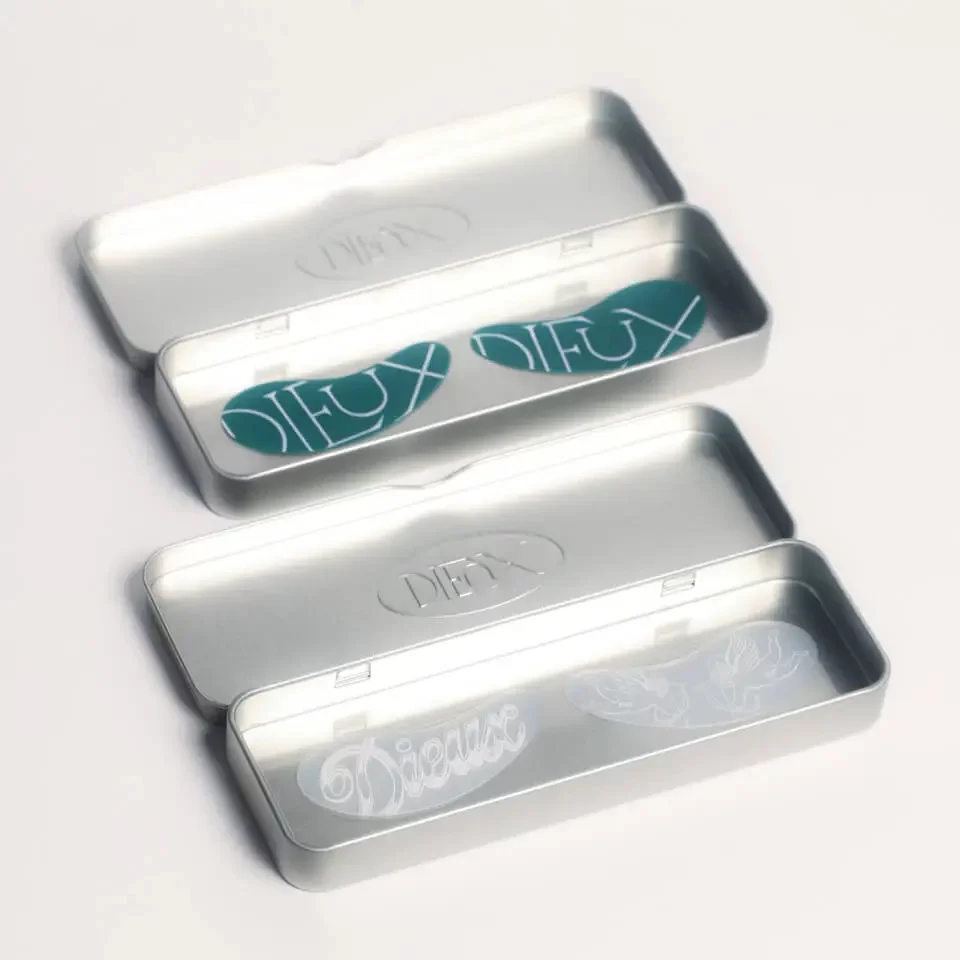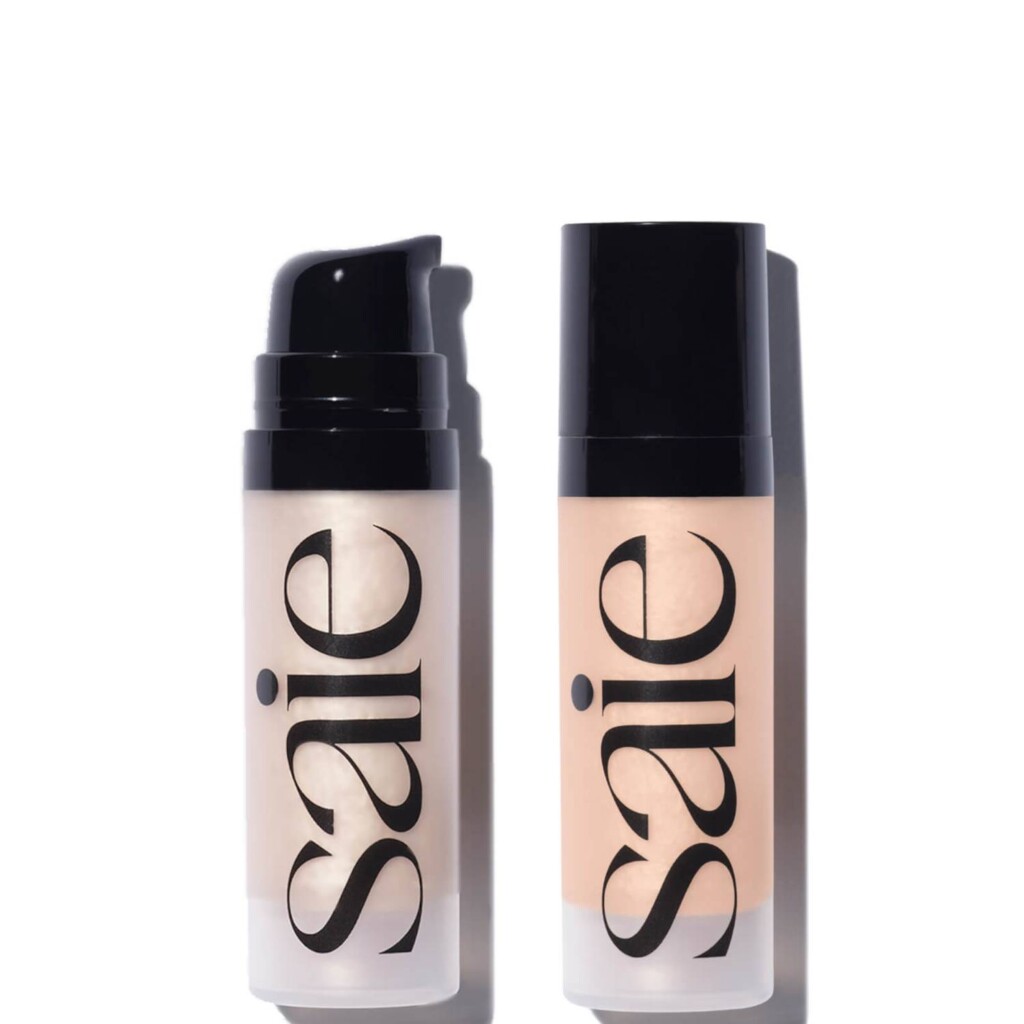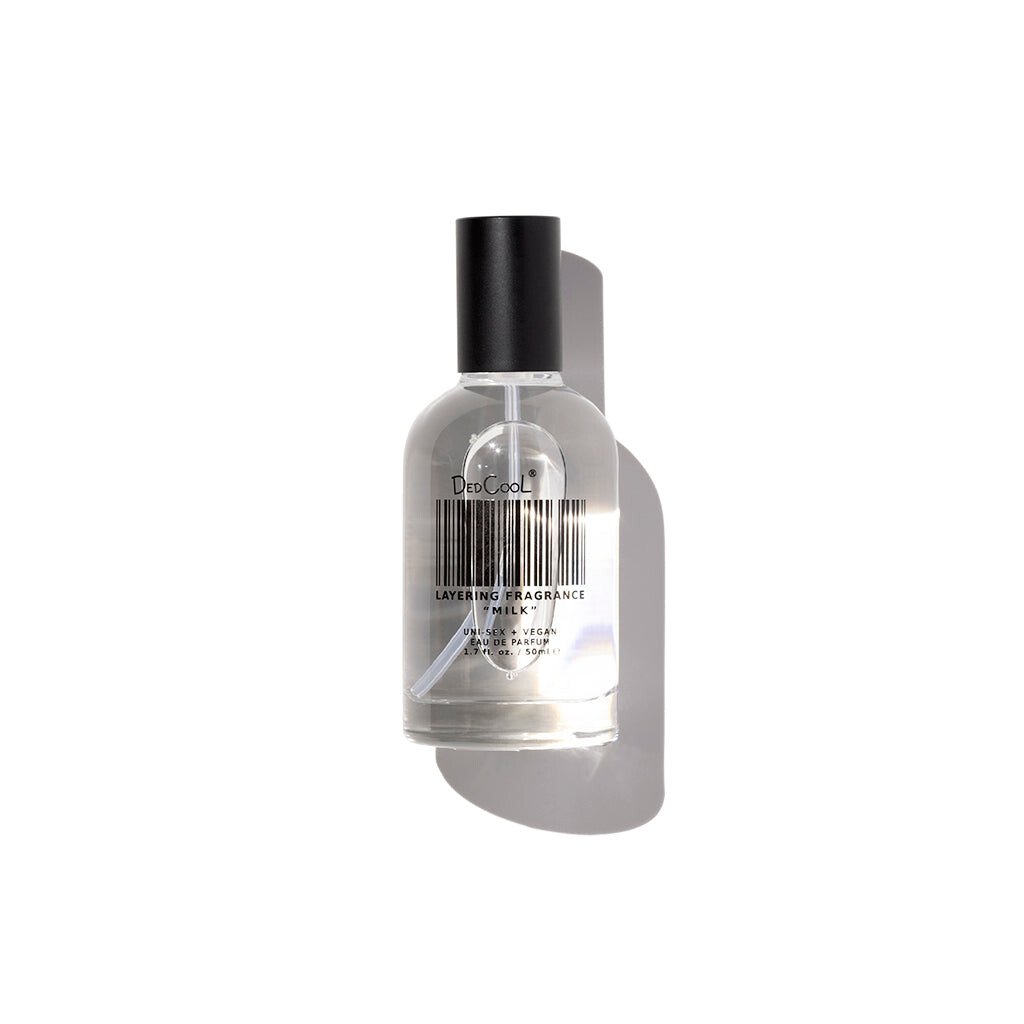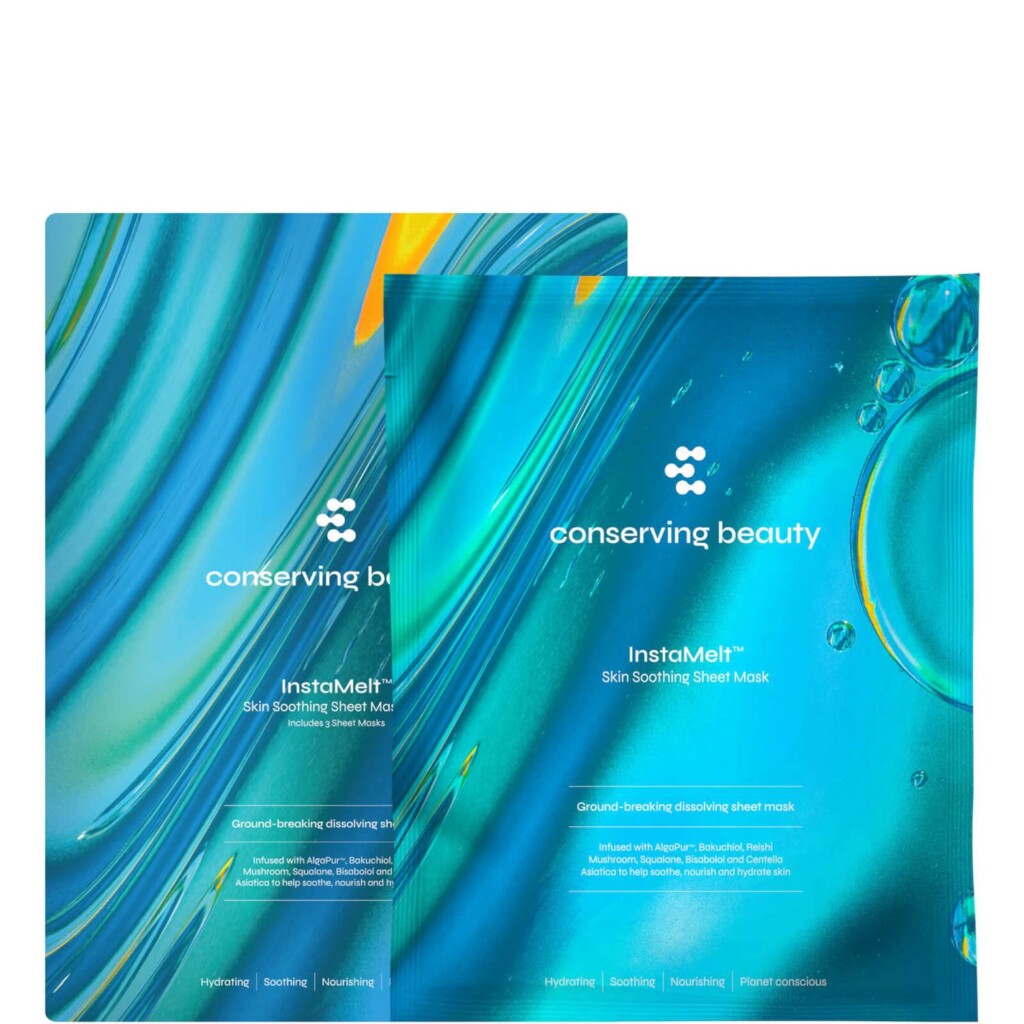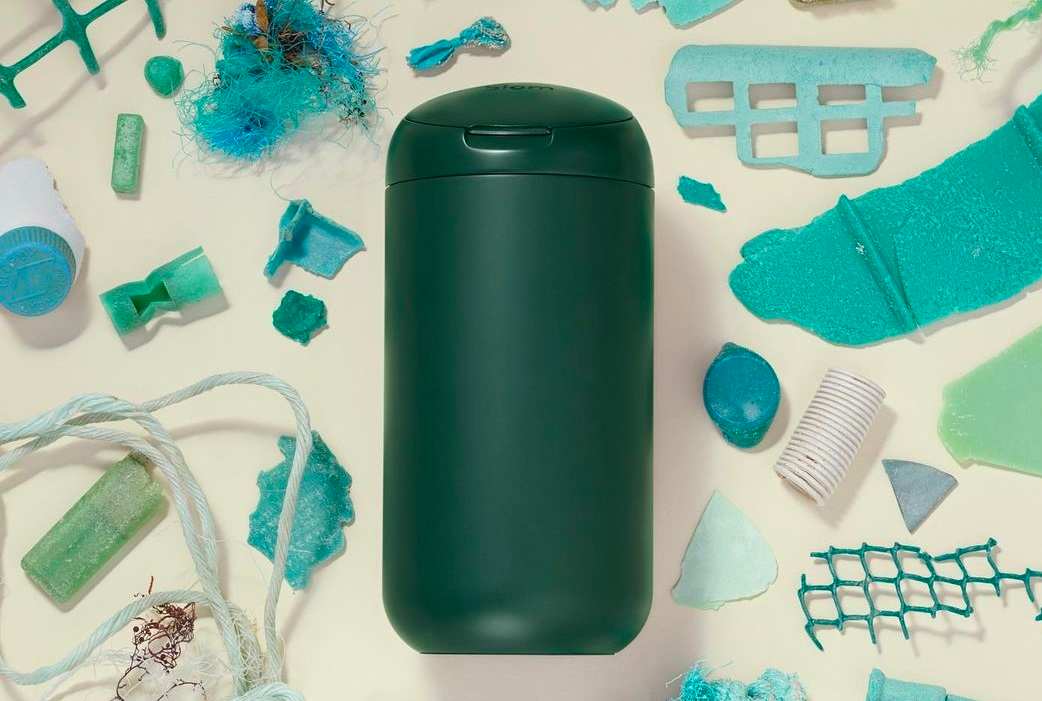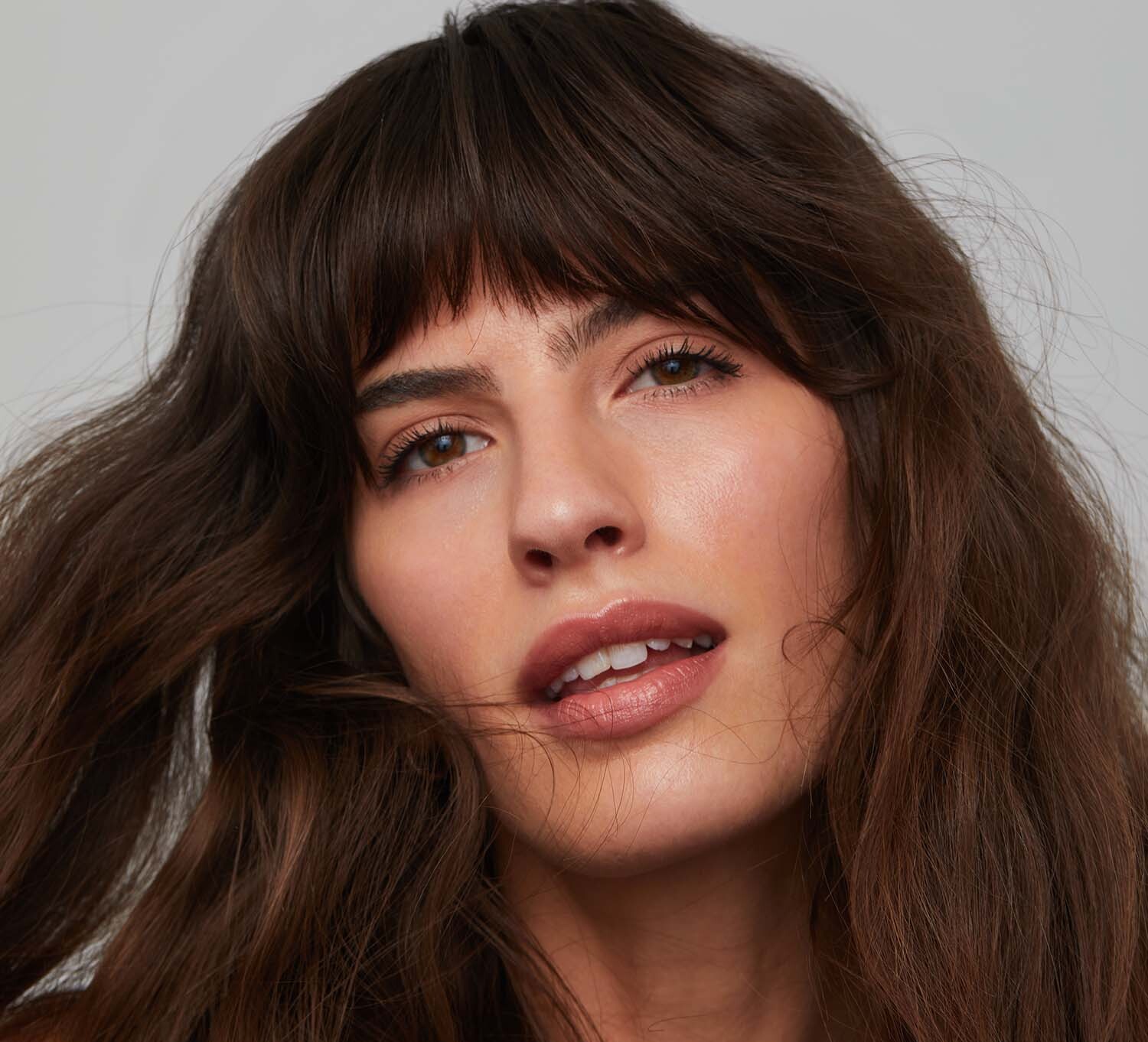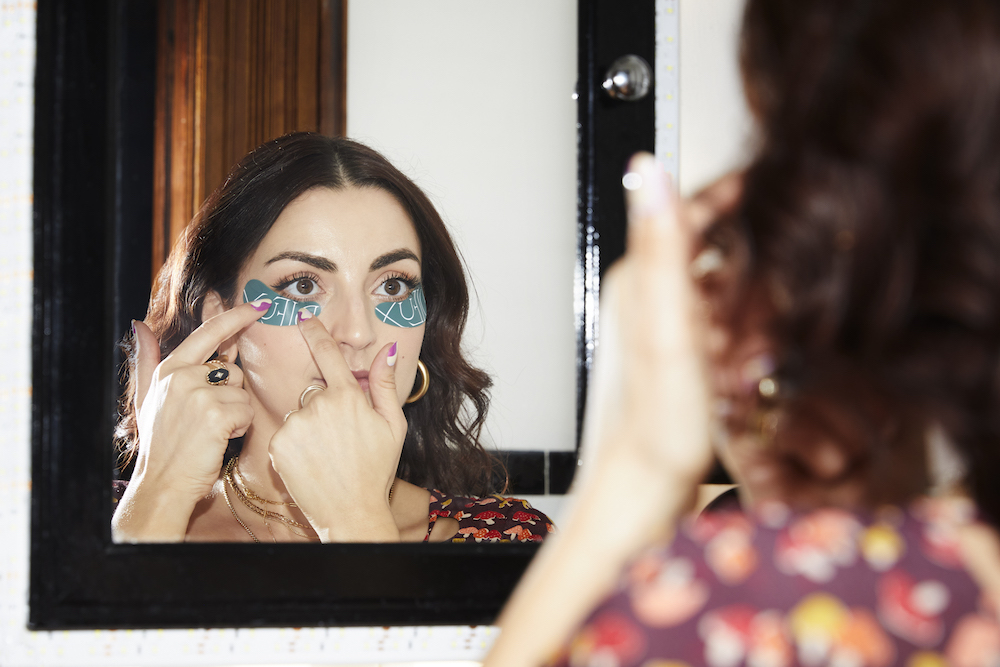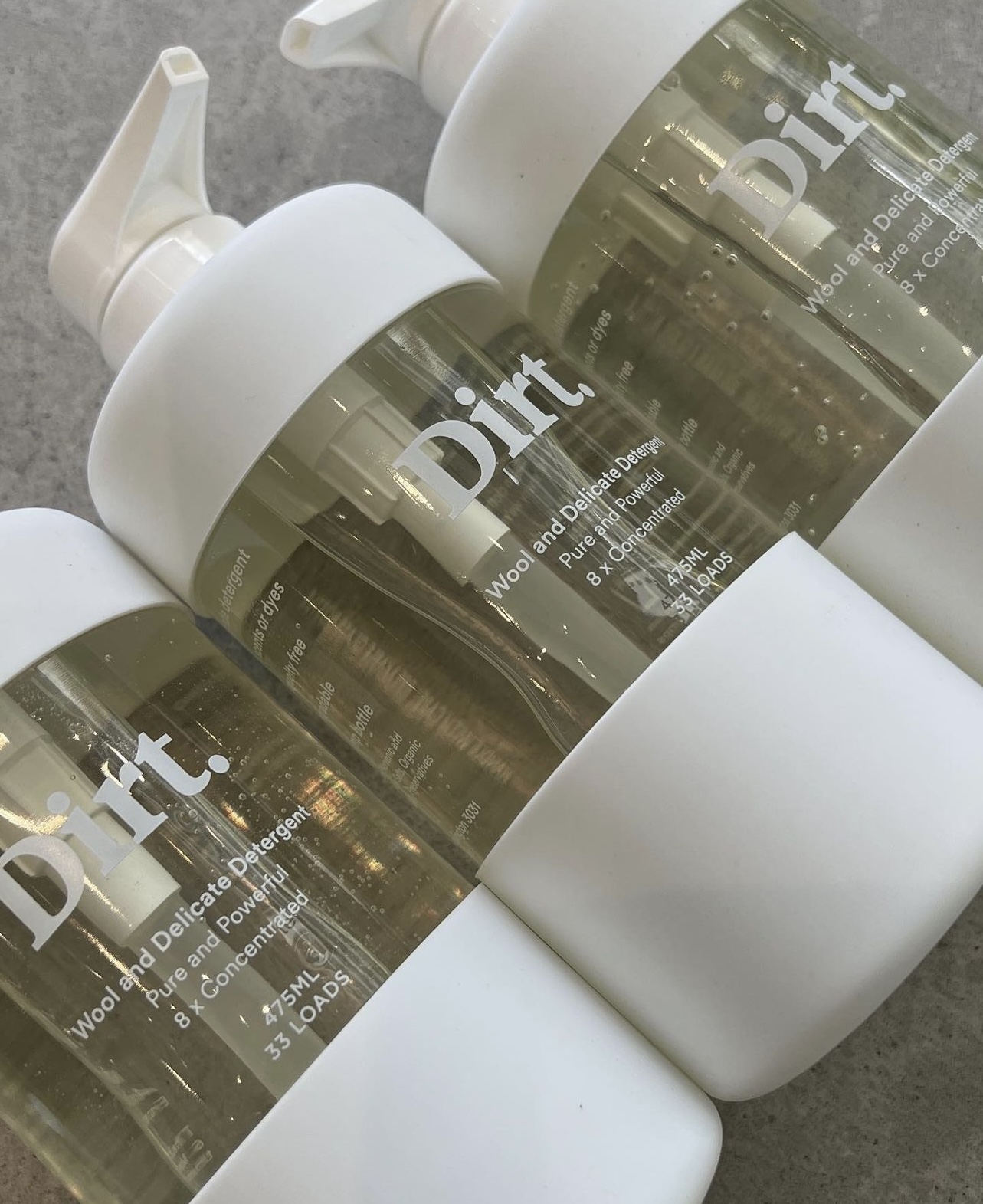the unwash • social impact
In an attempt to combat overconsumption, the latest trend we’re seeing swarm our feeds is ‘de-influencing’, but is this a counterintuitive concept that is still leading to high levels of consumer consumption? Over the past decade, social media users have witnessed the rise of the influencer era, which is ultimately backed by consumers willing to buy that these influencers give their stamp of approval on. Influencers have the ability to sell out product lines that they endorse in a simple ‘Get Ready with Me’ video and hold an astronomical power to be able to influence the masses. The sped-up trend cycles and fast fashion collaborations have proven themselves to be lucrative businesses, so why now is there more interest in creating a sense of trust with followers?
On the heels of the ‘dupe’ craze has come ‘de-influencing’ where influencers tell you what isn’t truly worth your money – a direct criticism of influencer culture but there are some muddy waters between the two trends. The obsession with dupes is problematic as is and is just a remarketed way of saying something is counterfeit or a knock-off. Fashion designers such as Macelo Gaia of the brand Mirror Palais have used their brand’s platform to talk about the seriousness of dupes and what this brand has experienced from fast fashion brands knocking off their designs to sell at a fraction of the cost. When purchasing a dupe, there is a cost. The consumer might be getting a great ‘deal’, but is supporting an industry that is known for unsafe and unethical work environments. De-influencing started as telling people what not to buy but many influencers took it as an opportunity to tell their followers what to buy instead, especially dupes, ensuring they’d still make a profit.
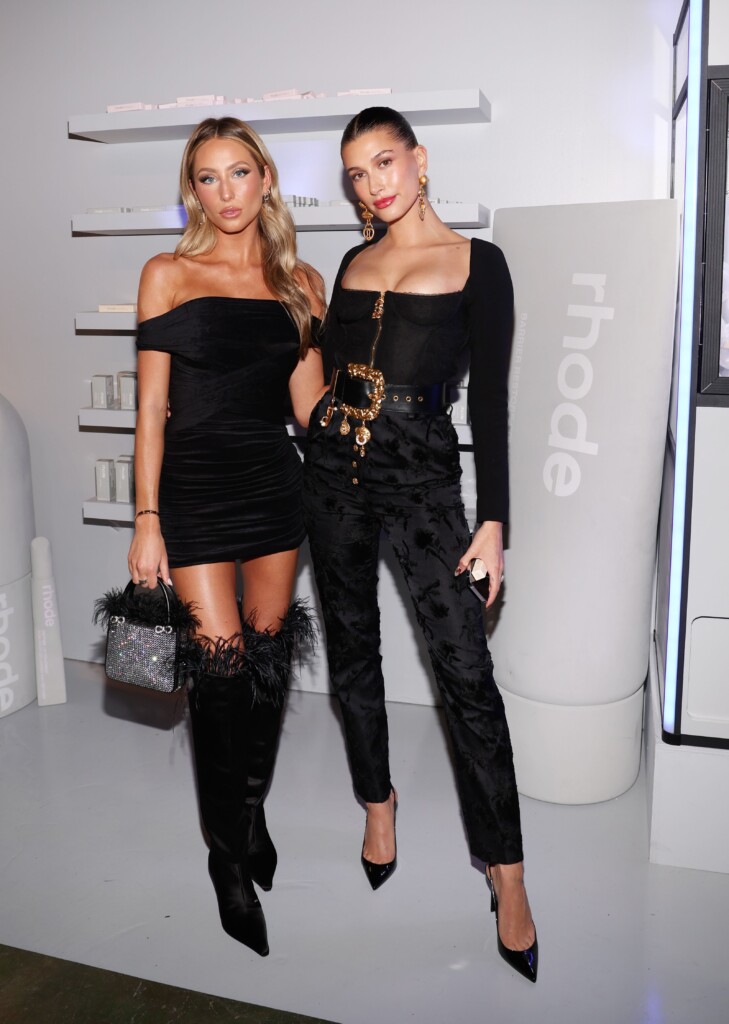
“De-influencing is a really great conversation starter to try to talk about the belly of the beast which is over-consumerism, however, de-influencing, in my opinion, doesn’t really serve a larger purpose in addressing systemic issues.” – Isaias Hernandez, Environmental Activist
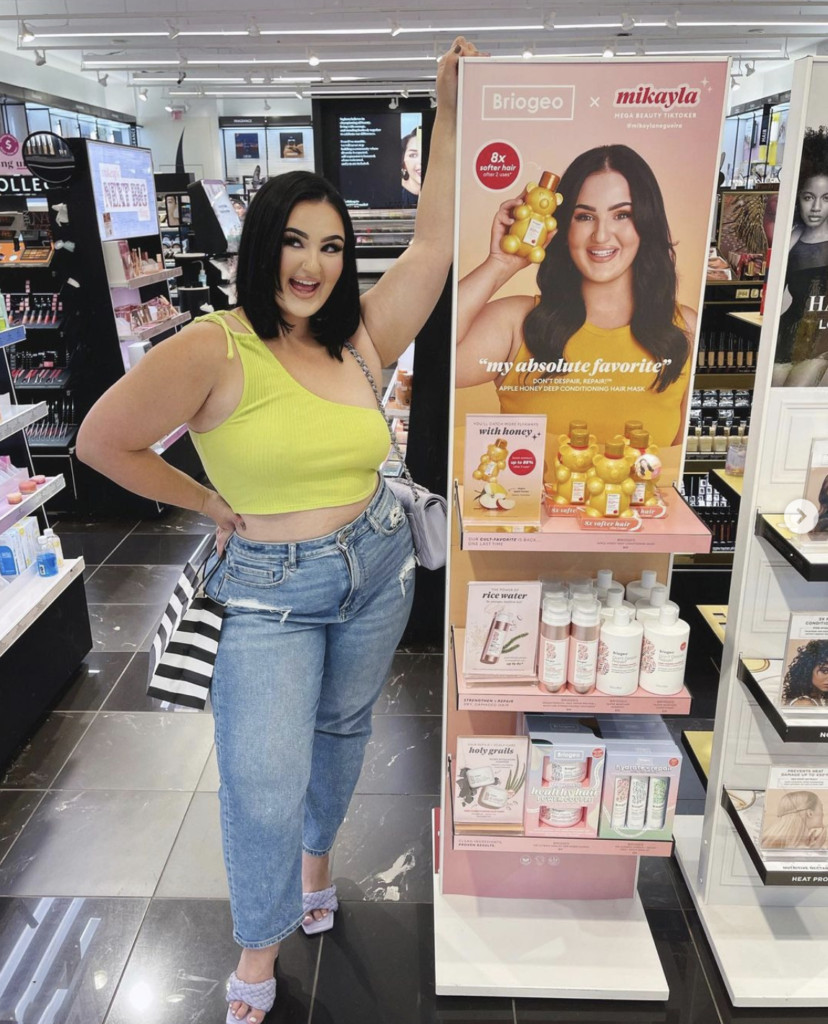
A common criticism people have of influencer culture is that they’re taking these product or brand recommendations with the belief that it is completely truthful and transparent, then feel a sense of distrust when products don’t align with the claims that were made. De-influencing sparked hopes for authenticity and transparency for consumers but is now facing criticisms for how it crashed and burned, becoming the exact opposite of its intended purpose. The pandemic marked a shift in consumer behavior – people have grown to be more concerned about the impact of their purchases and are wanting to understand the greater social and environmental consequences of what they’re buying. In the past three years, we’ve witnessed brands making small and large-scale changes alike to align themselves with the values of their customers, such as cruelty-free formulations and ingredient transparency. De-influencing was piggybacking off of this movement and bringing these values to light on a greater scale but ultimately became another marketing and monetization opportunity.
But, was it ever what it was cracked up to be? In hindsight, it’s easy to see that this is a marketable trend. Everything can be monetized and it’s an influencer’s job to do exactly that. Consumers were growing tired of viral products, constant ads, and PR hauls being pushed down their throats, and in comes the perfect opportunity to create a false sense of authenticity and relatability with the de-influencing trend. The trend and the concept of de-influencing are two different things, what started as a criticism of overconsumption became a ‘trend’ adopted by fast fashion influencers and even brands to sell ‘other’ products that fit into this narrative. The irony isn’t lost that the fast fashion industry is a direct contributor to the climate crisis and a concept meant to bring awareness to this has become another exploitive opportunity that takes advantage of consumers that are none the wiser to these issues. The age of social media gives us a chance to raise awareness and create change but the ability for these topics to be easily monetized creates difficulty for these movements to grow further than the lifecycle of a trend.
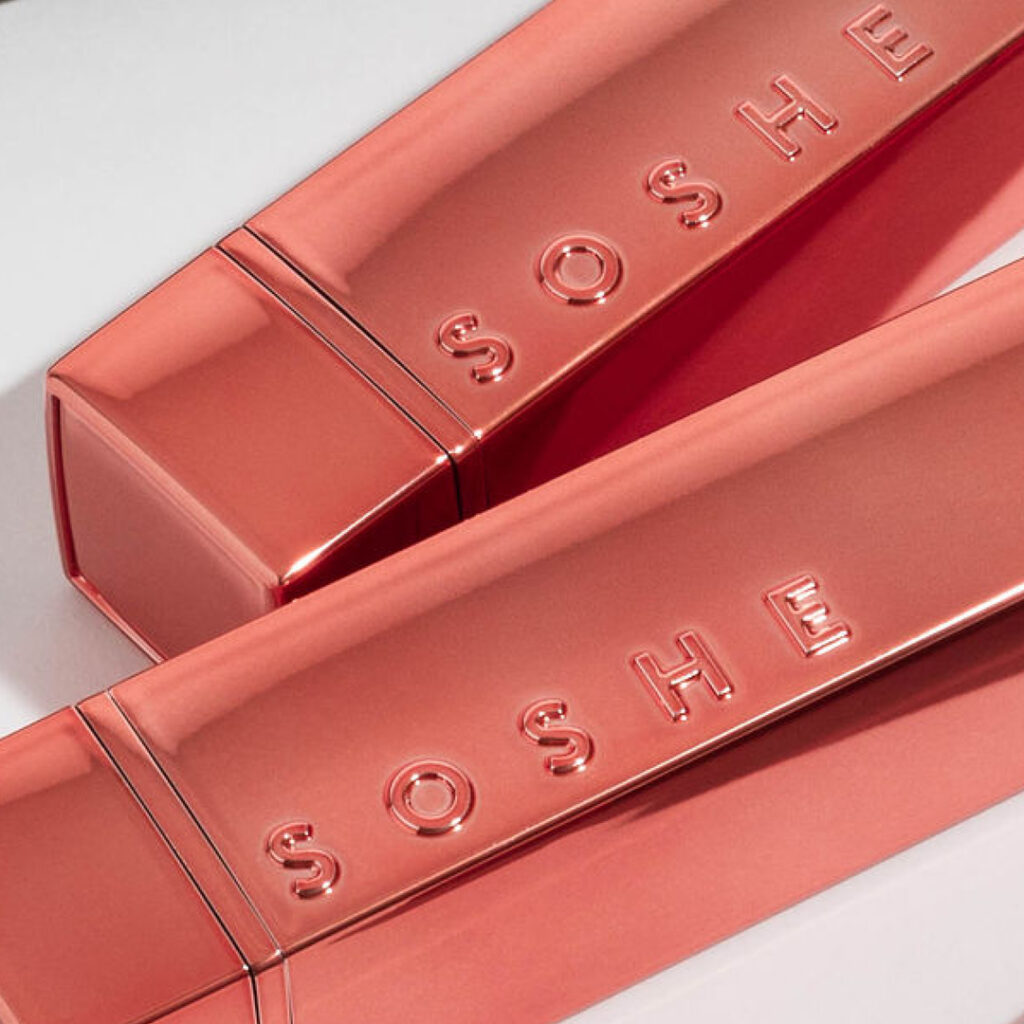
01
SOSHE
SOSHE wanted to hone in on the future of refillable cosmetics – one product at a time, especially the ones that are more difficult to recycle. Currently, the brand sells refillable mascara and lipstick, which come in a variety of shades. SOSHE envisions a more innovative future for the cosmetics industry and is one the forefront of this much-needed change.
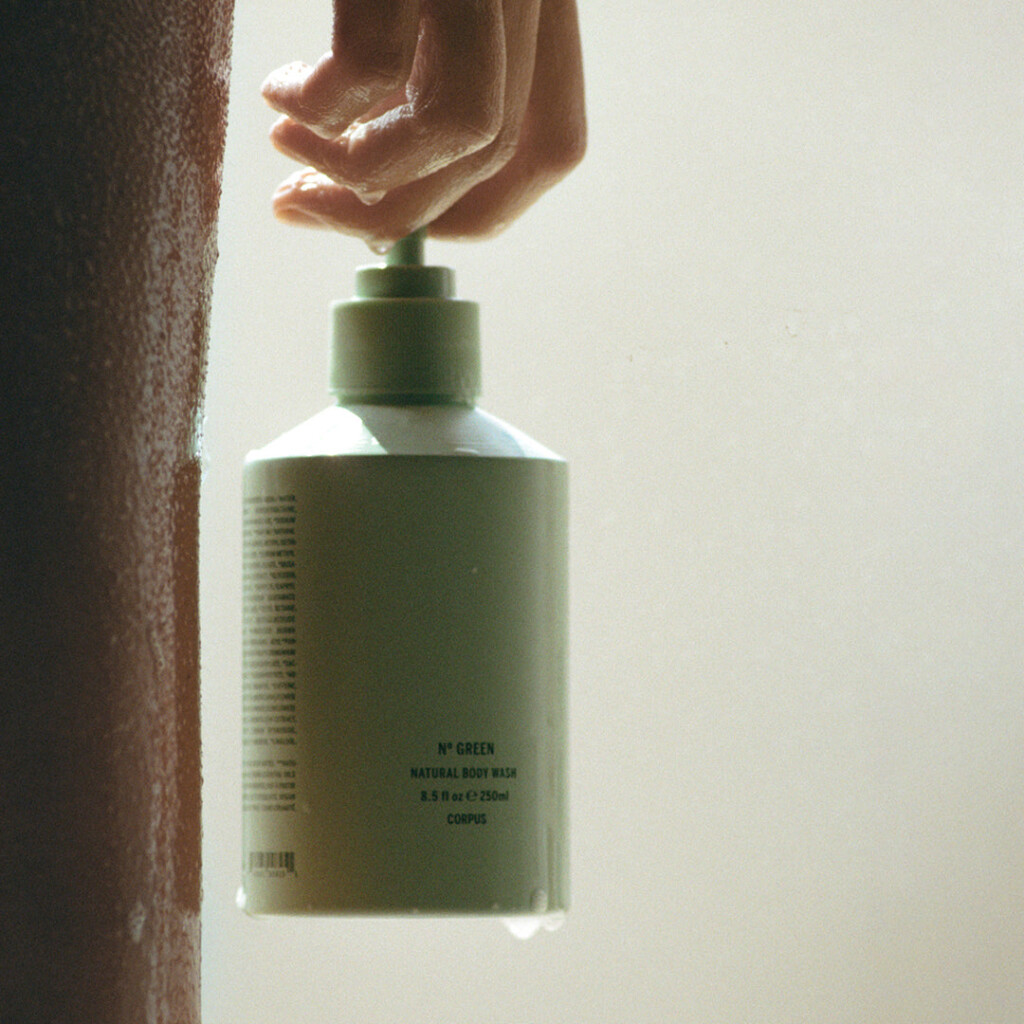
02
Corpus
Corpus appeals to consumers looking for high-quality, naturally formulated products while being climate conscious through responsible packaging and ethical manufacturing practices. Corpus launched with their fan-favorite deodorant stick and has now expanded into deodorant spray, body wash, and candles.
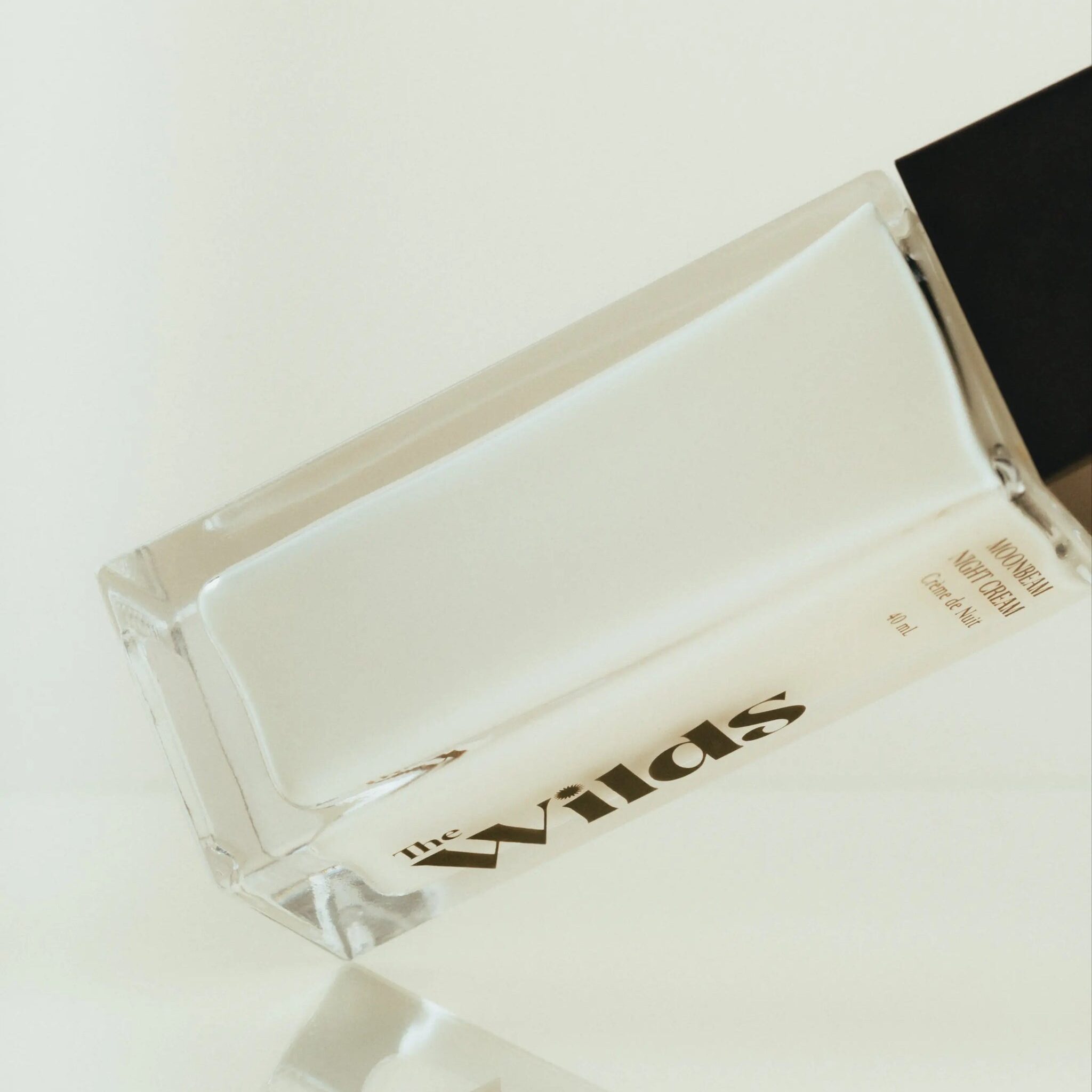
03
The Wilds
Designed to simplify your skincare routine with quality products that deliver results, Canadian skincare brand, The Wilds embodies a less is more approach. The Wilds is a genderless skincare line that takes inspiration from nature and is suitable for various skin types. The Wilds wants their products to accentuate who you are and make you feel like your best self, not sell products to fit a specific standard of beauty.


